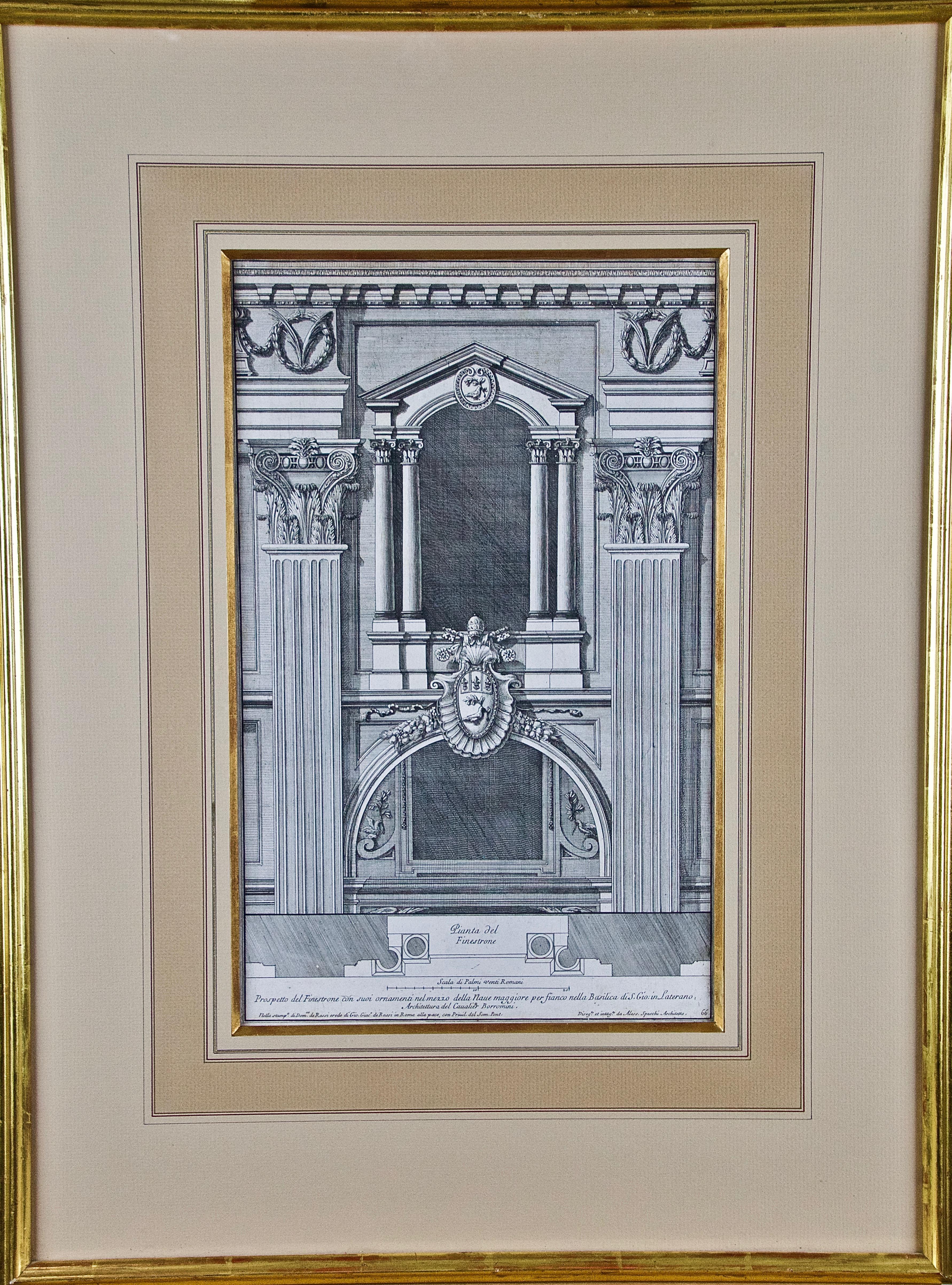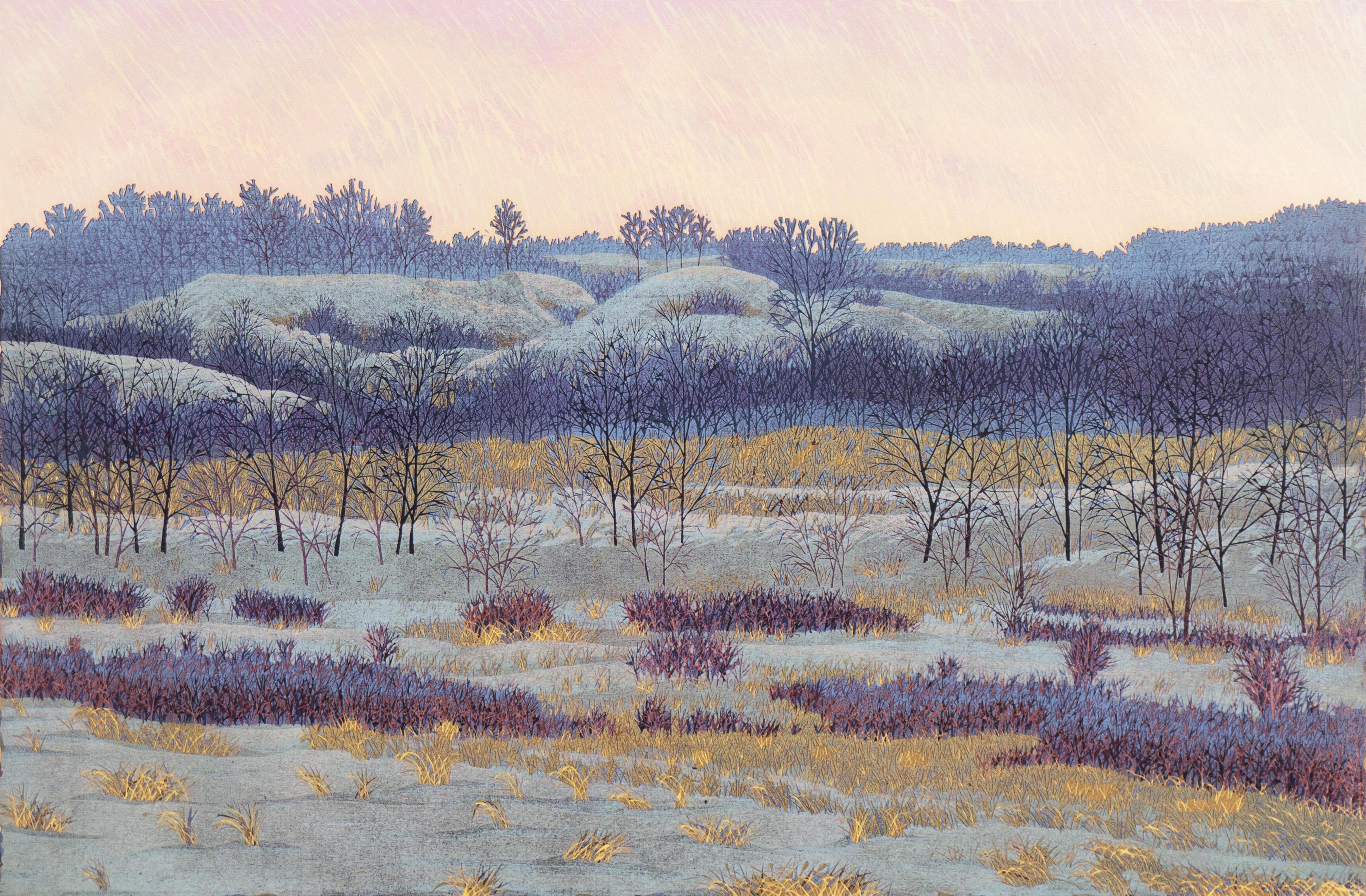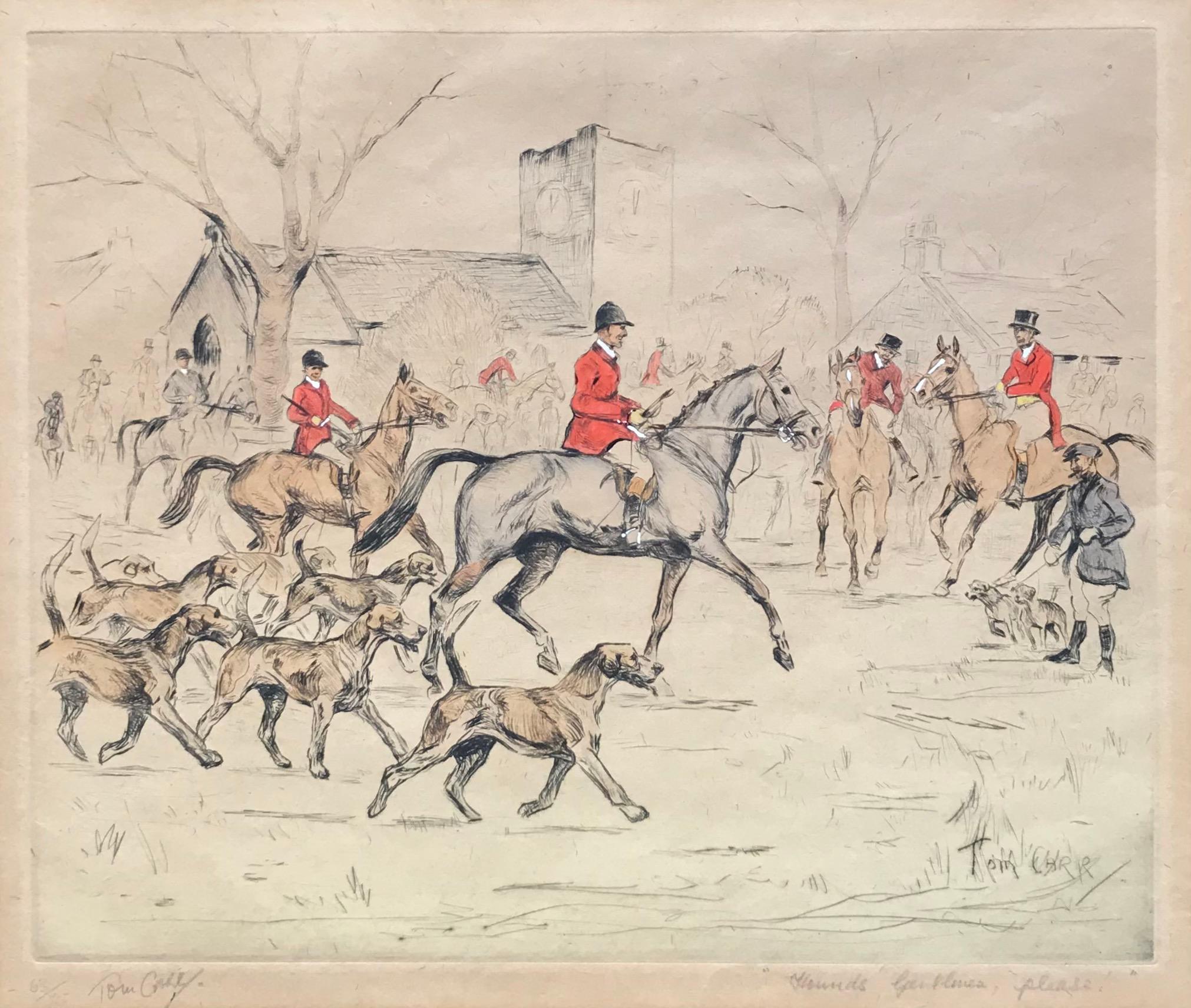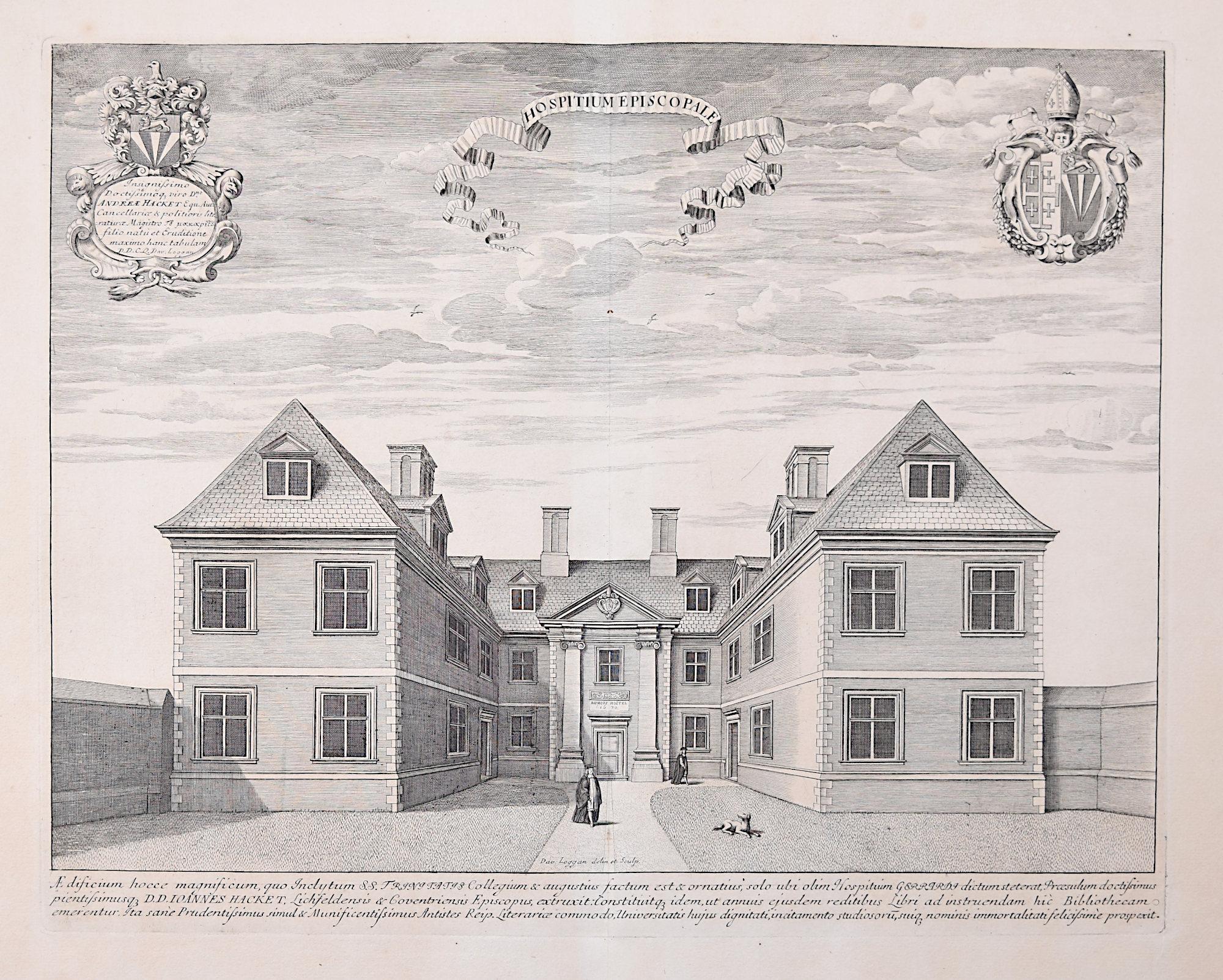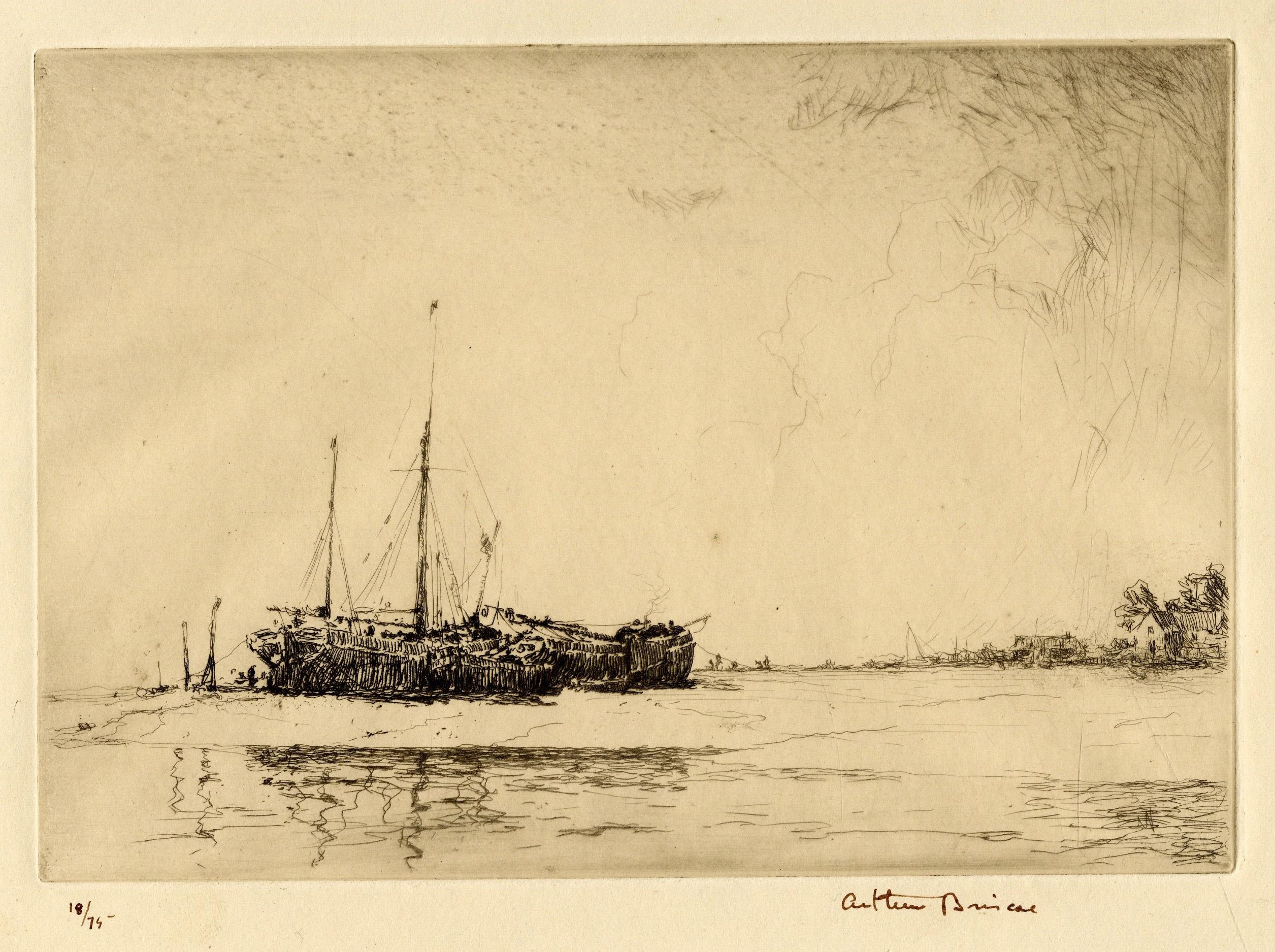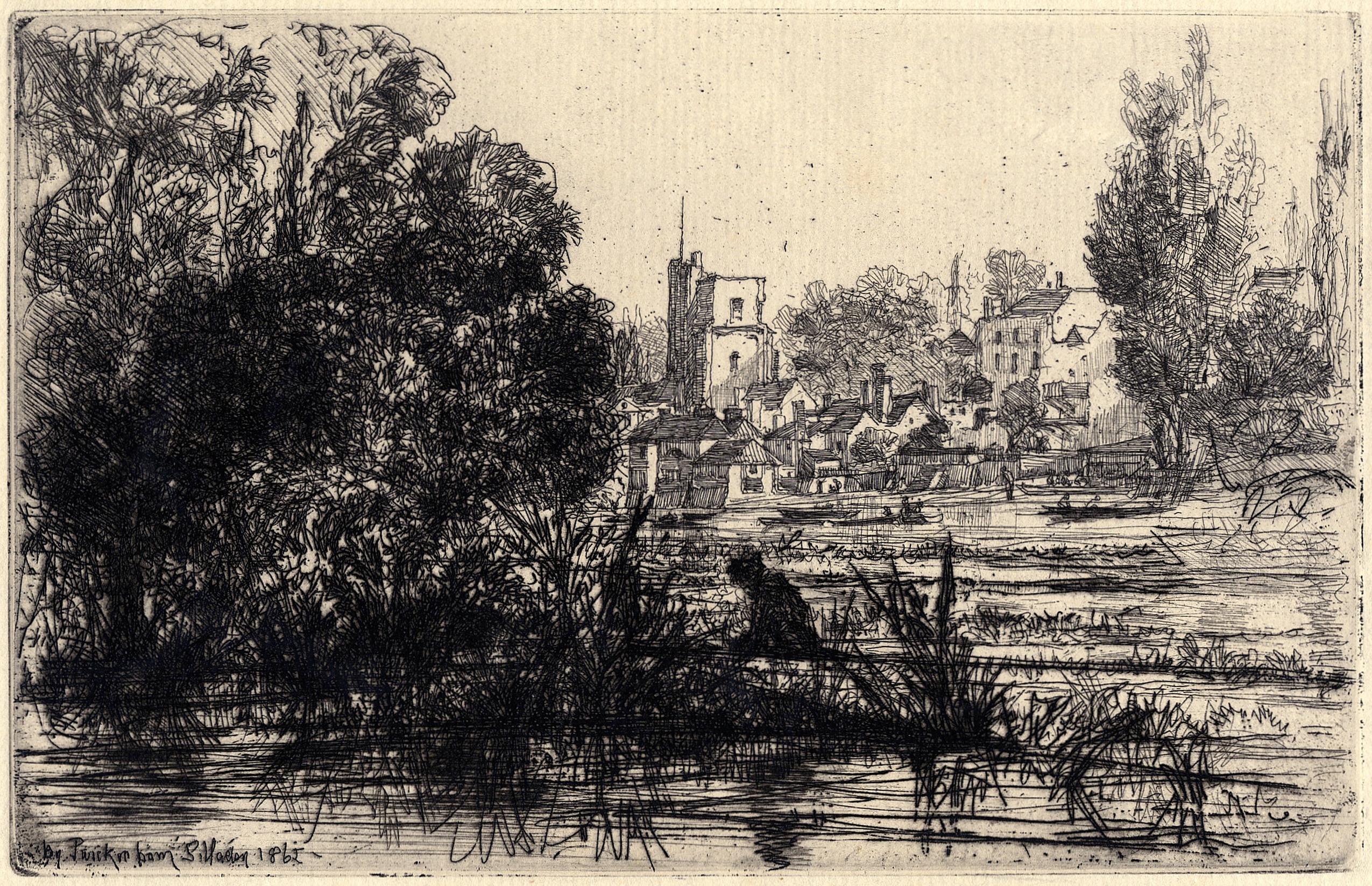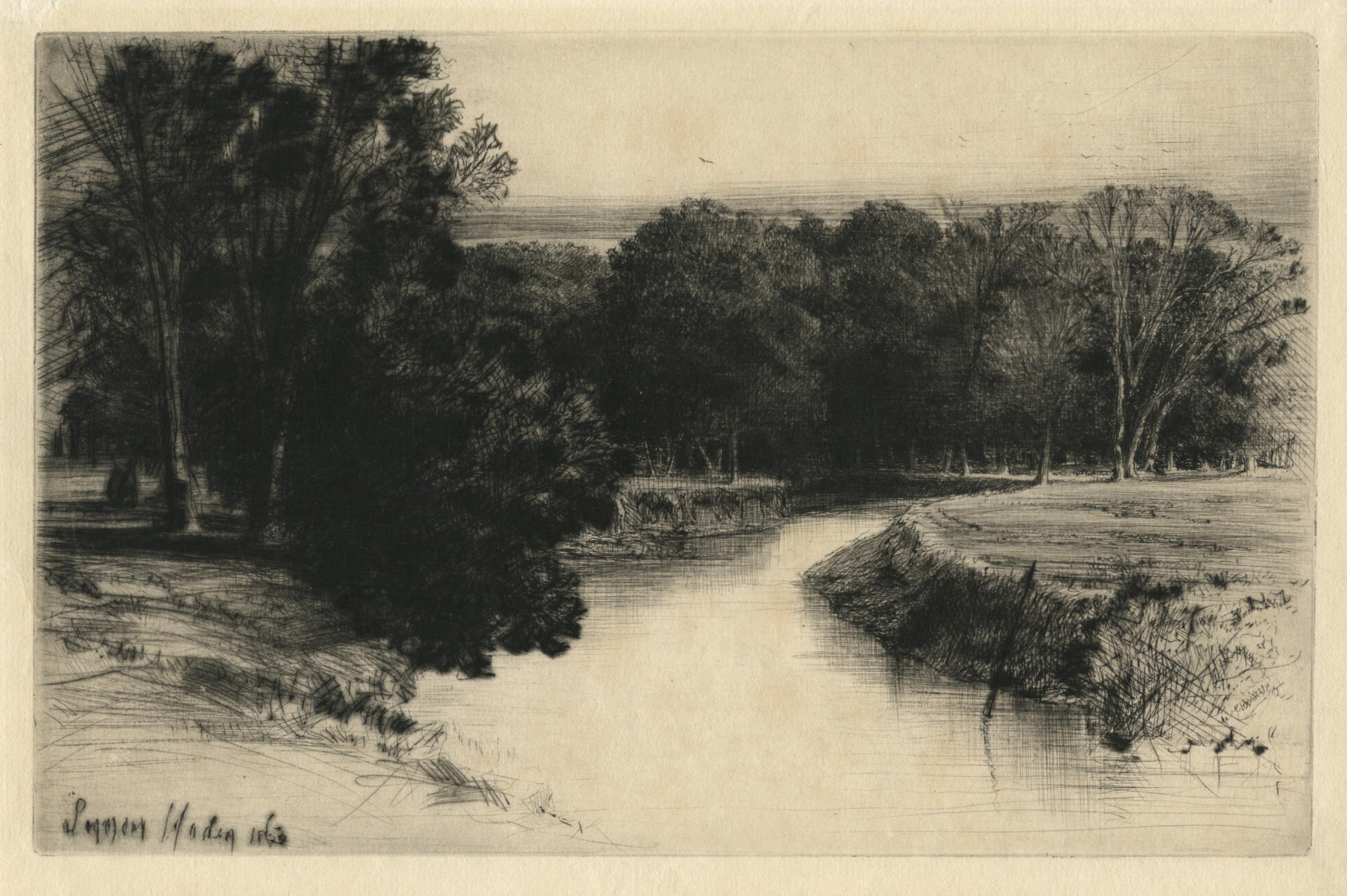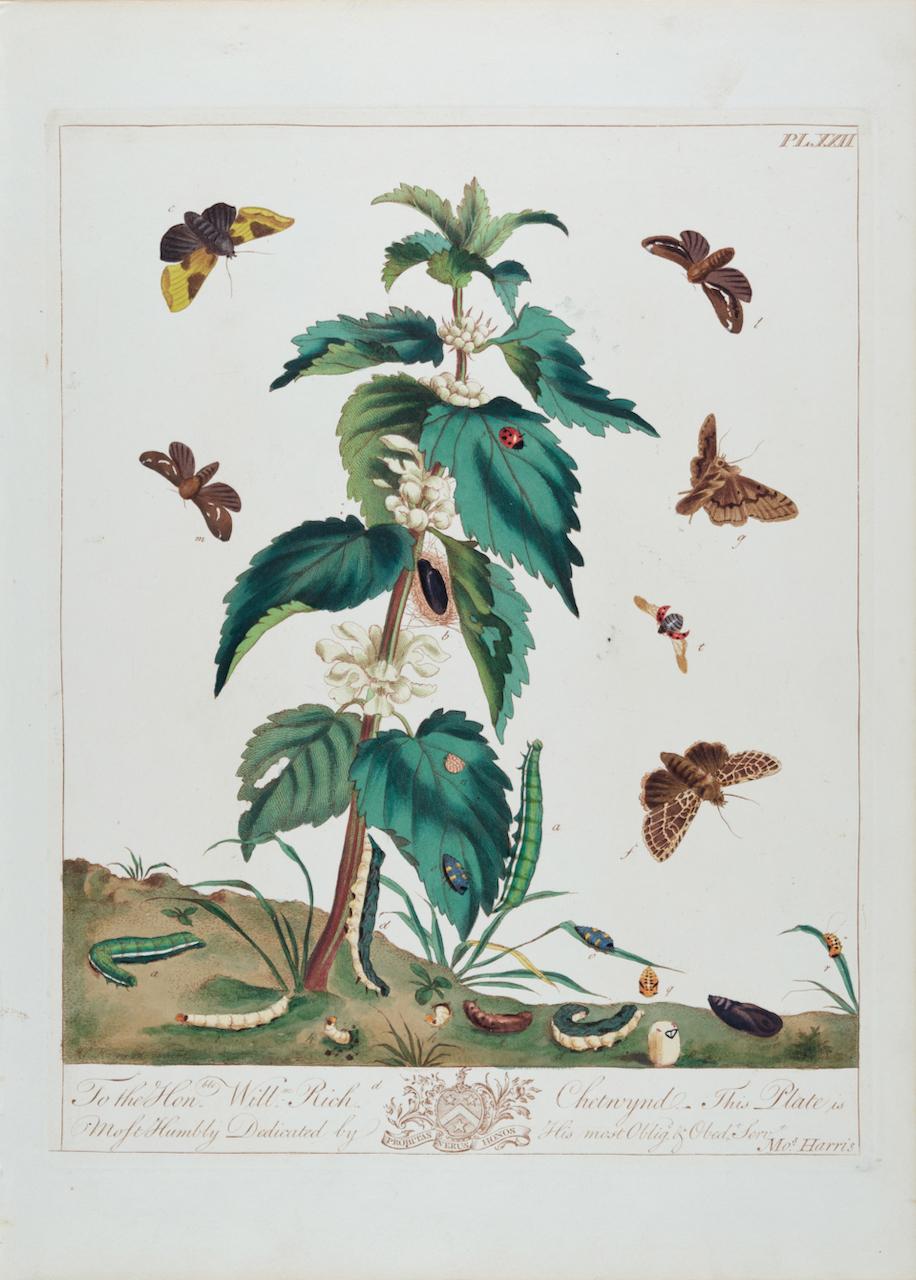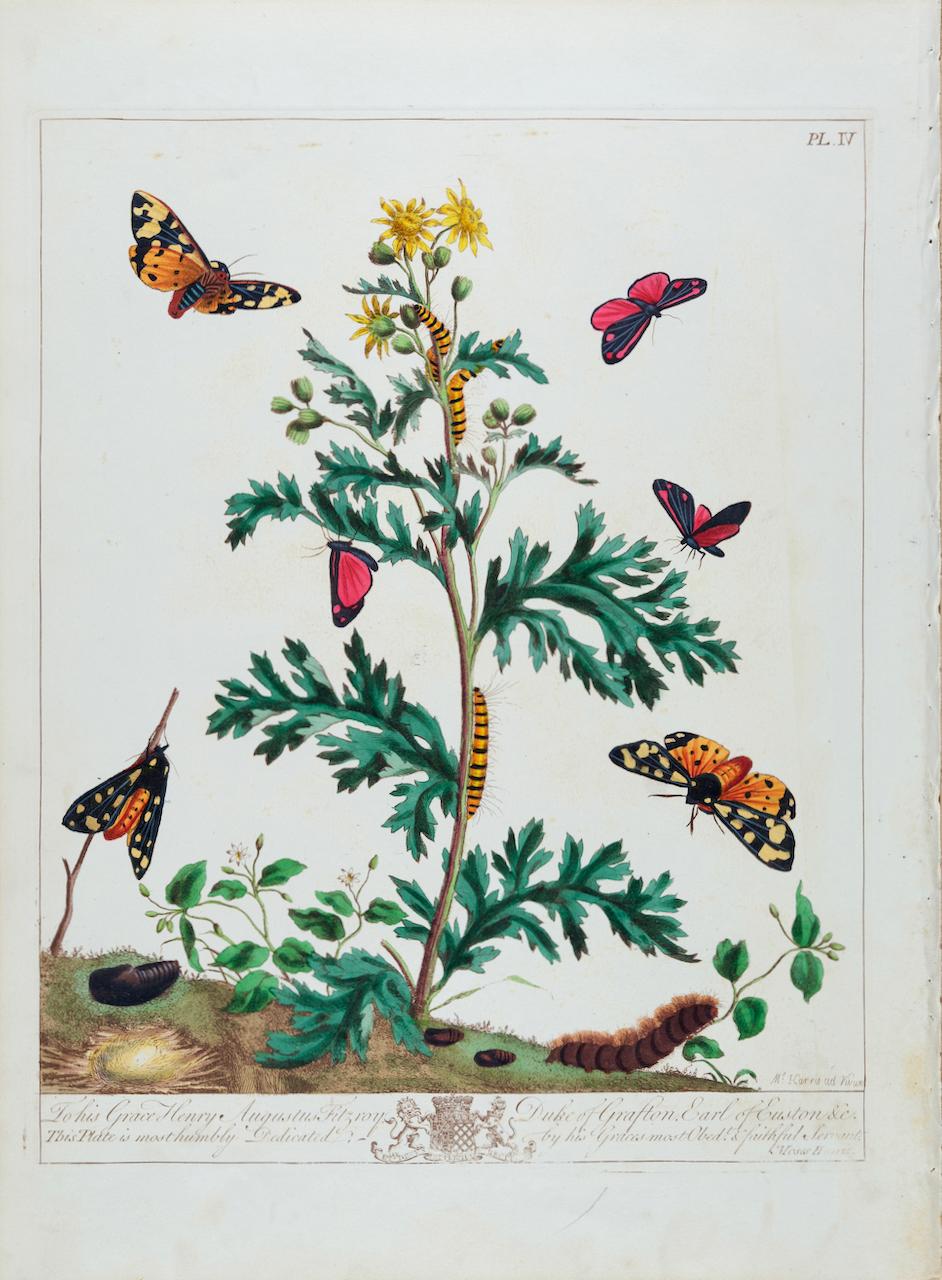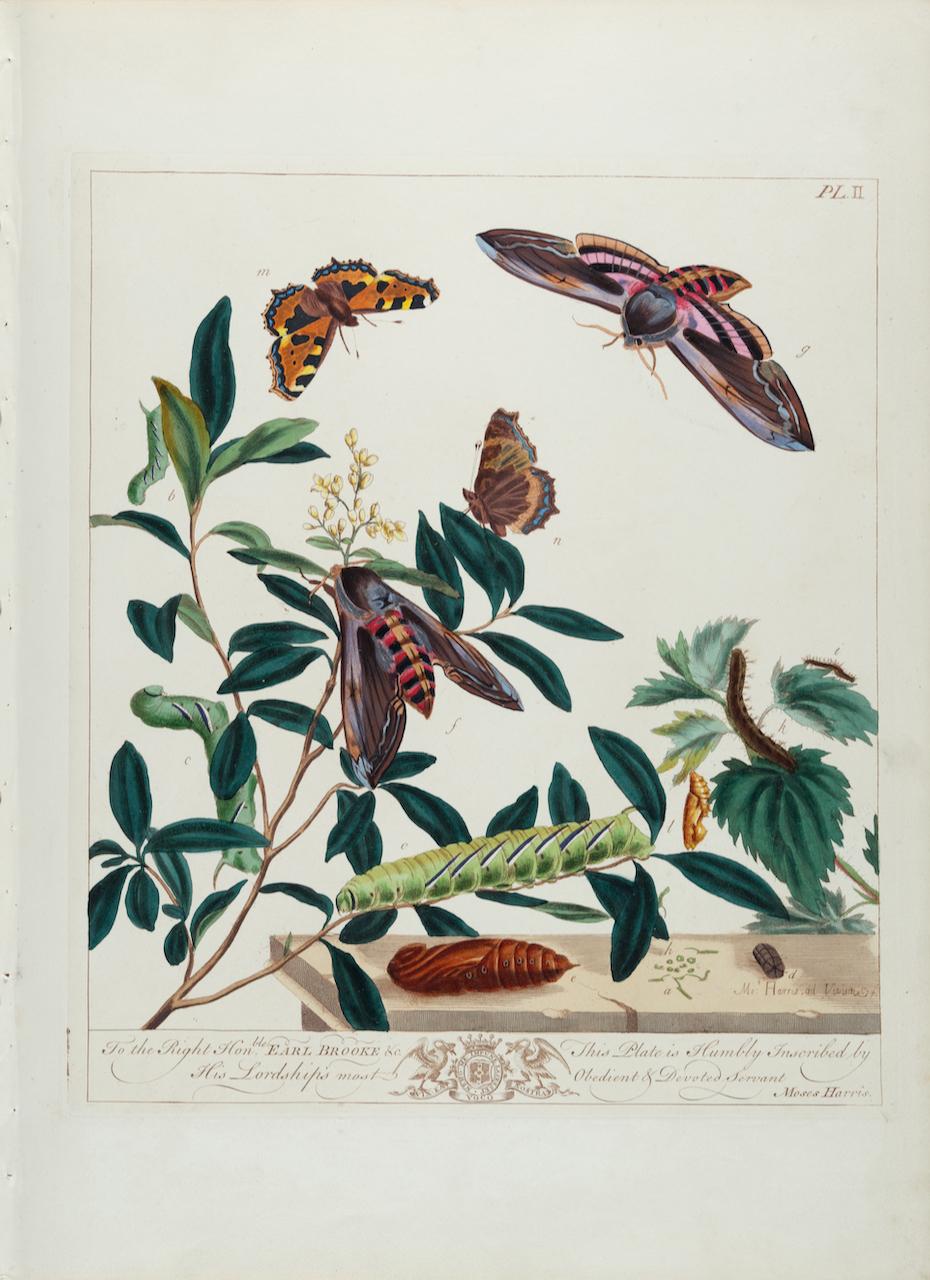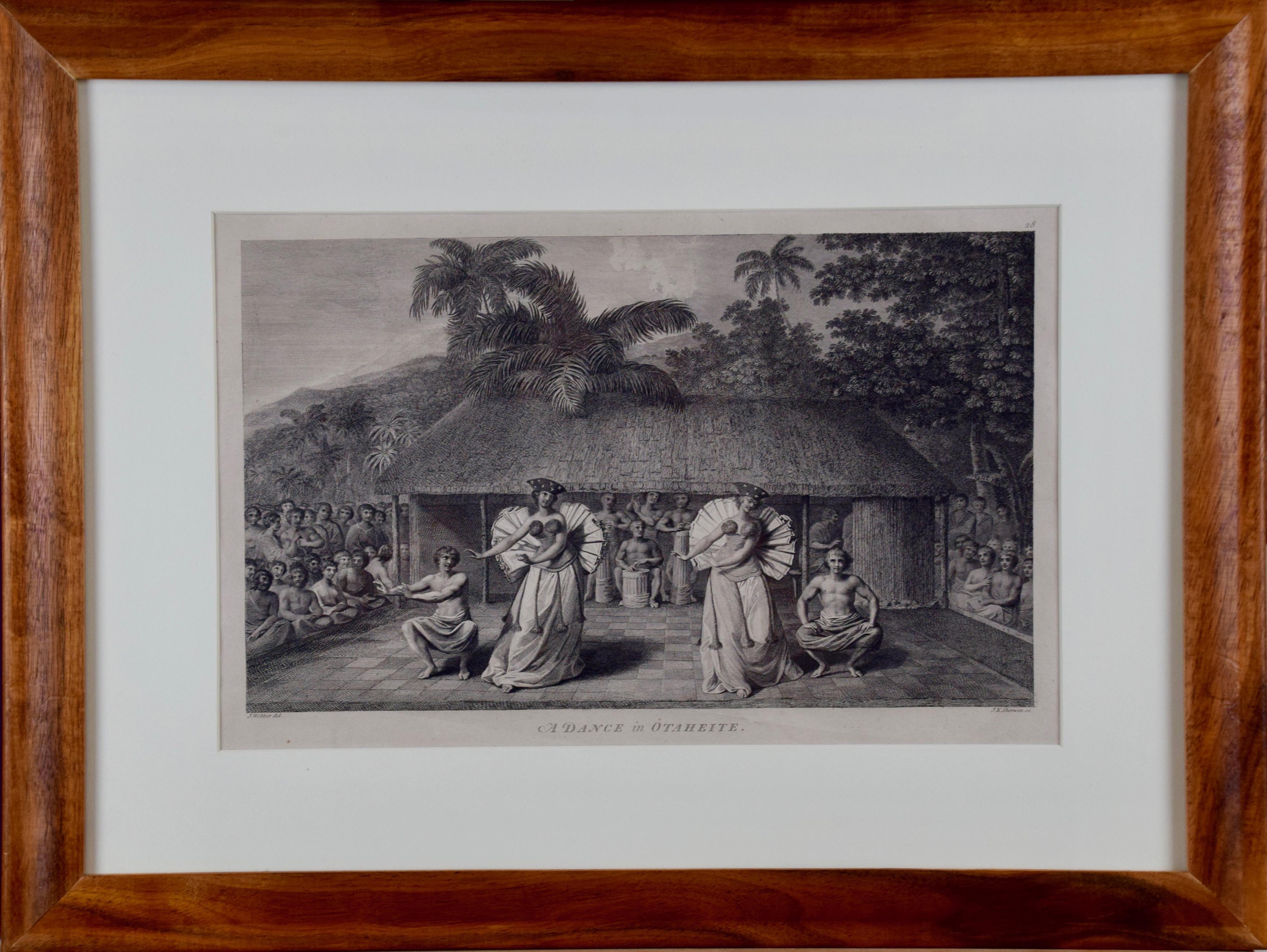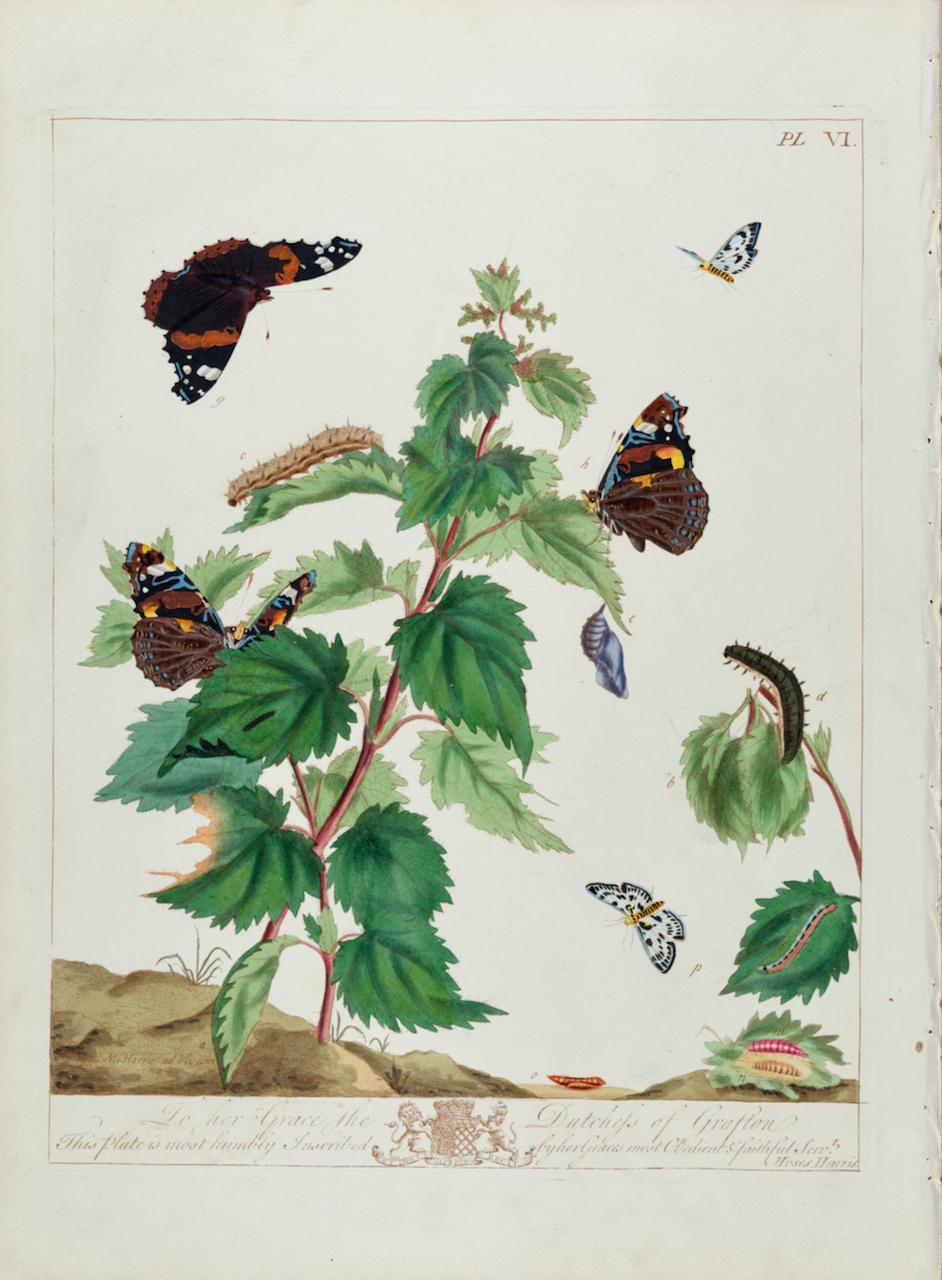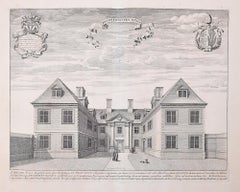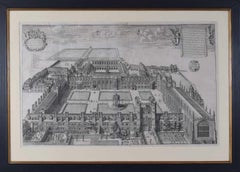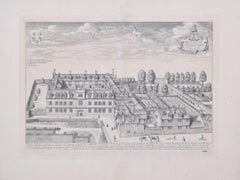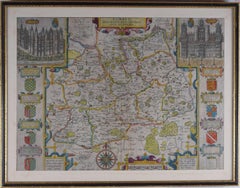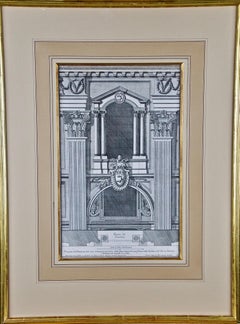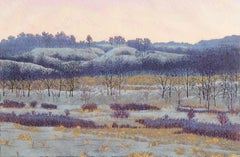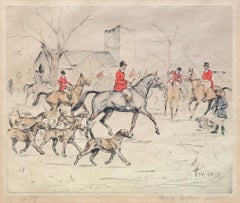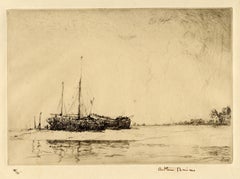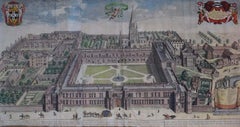
David Loggan 1675 Christ Church Oxford College Engraving 1st Edition
David LogganDavid Loggan 1675 Christ Church Oxford College Engraving 1st Edition1675
1675
About the Item
- Creator:David Loggan (1634 - 1692, British)
- Creation Year:1675
- Dimensions:Height: 16.34 in (41.5 cm)Width: 32.09 in (81.5 cm)
- Medium:
- Movement & Style:
- Period:1670-1679
- Condition:Various creases and repaired tears. Generally good condition.
- Gallery Location:London, GB
- Reference Number:1stDibs: LU79537602962
David Loggan
David Loggan’s parents were English and Scottish. He studied engraving in Danzig with Willem Hondius and moved to London in the late 1650s, producing the engraved title page for the folio Book of Common Prayer (1662). After marrying in 1663, Loggan moved to Nuffield, Oxfordshire, in 1665 to avoid the Plague and was in 1668–69 appointed as a public sculptor to the nearby University of Oxford, having been commissioned to produce bird’s-eye views of all the Oxford Colleges. He lived in Holywell Street as he did this. Oxonia illustrata was published in 1675, with the help of Robert White. Following its completion, Loggan commenced work on his equivalent work for Cambridge, Cantabrigia Illustrata, which was finally published in 1690 when he was made engraver at Cambridge University.
More From This Seller
View All1690s Realist Prints and Multiples
Engraving
1690s Realist Landscape Prints
Engraving
1670s Realist Landscape Prints
Engraving
17th Century Realist Landscape Prints
Engraving
18th Century Realist Landscape Prints
Engraving
16th Century Realist Landscape Prints
Engraving
You May Also Like
Early 1700s Realist Figurative Prints
Engraving
1970s Realist Landscape Prints
Mulberry Paper, Engraving
Mid-20th Century Realist Animal Prints
Engraving
1920s Realist Landscape Prints
Drypoint, Laid Paper
Mid-19th Century Realist Landscape Prints
Etching, Drypoint
Mid-19th Century Realist Landscape Prints
Drypoint, Etching
